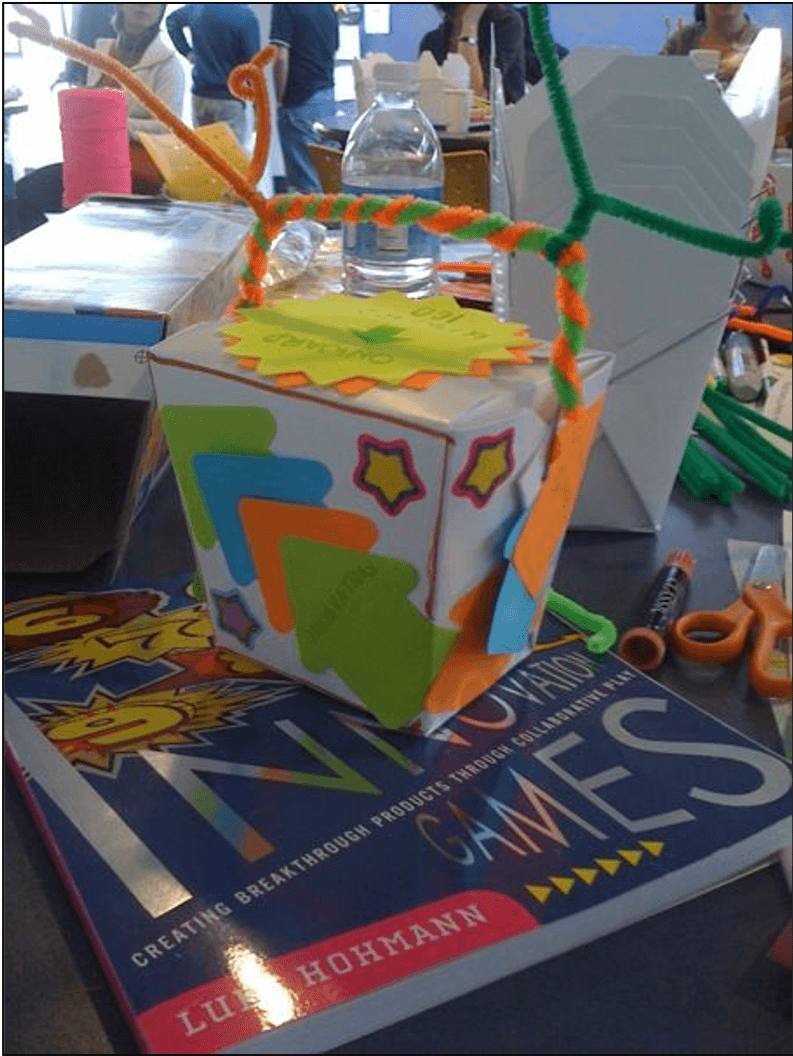We focused the second part of our elevator statement series on working with real-life examples and showing you similar tools. Learn how to improve an elevator statement by using our tips and asking the questions we discussed in the first post.
The first elevator statement
Let’s take a look at an example of an elevator statement for a task management application for their employees working remotely. Below is the first version:
For every company (1)
who needs a service desk for workforce,
the product XYZ is a system managing tasks for different platforms,
which has short implementation time and good cost-benefit ratio (2).
Comparing to companies YZ and XZ,
our product is unique for having a local team and local 24/7 support (3).
Look at our process of thinking and notice the question asked to validate the statement:
- The target customer segment is too diverse. Not every company has the resources to afford an application like this. Afterward, the team added a company with at least 250 employees. But a lot of companies have over 250 people, is this product going to be used by a theater? We still need something more specific. The team decided to focus on utility, banks, telco, insurance, and manufacturing companies with more than 250 employees.
- This part sounds okay, right? But think about how easy it is to beat a cost-benefit ratio. And short implementation is a great benefit, but it’s only a one-time thing. Would you choose this product over others because of these two features? Are these features the product’s main focus, the outcome that brings value to the customer?
- Why is local support so important? Is there a reason why our competitors don’t have it? Does that mean the product is only going to be distributed locally? These are the critical questions you need to be asking. Validate the importance of what you’re writing. Answering these questions led the team to realize they have experience with local support and consulting. Thus, the application has tailored solutions with customized processes for the local customer.
A better version
Take a look at the second version of the elevator statement for this product:
For utility, banks, telco, insurance, manufacture companies with more than 250 employees,
who need a service desk for workforce,
the product XYZ is a task management system for multiple platforms,
which tracks 10 000 tasks in real-time.
Comparing to companies YZ and XZ,
our product is unique for having a process consulting, local team, and local 24/7 support.
If you want to see how to use lean canvas to create an elevator statement and how to start building a product, make sure to read this article.
Elevator statement examples for a team or a company
Here’s an example of an elevator statement created for a team:
For the device department who needs to develop embedded applications and test them, the team Sloth enables development of field devices by production of device images, development tools, and infrastructure.
Blackberry’s vision is one you’ll see almost every time someone is explaining an elevator statement. And there’s a good reason for that: their statement is clean, crisp, to the point, and displays uniqueness. All in two short sentences.
For business email users who want to better manage the increasing number of messages they receive when out of the office, BlackBerry is a mobile email solution that provides a real-time link to their desktop email for sending, reading and responding to important messages. Unlike other mobile email solutions, BlackBerry is wearable, secure, and always connected.
Other ways to do it: Futurespective and Product Box
Futurespective is another way to help you visualize your product and clearly understand product goals. Place yourself in the future by imagining your product has already been released and you’re writing a press release about it. Is your product what you imagined it to be? What were the problems you encountered during development? How are people receiving the product? By answering questions like these, you can gain a different mindset and prevent problems you didn’t see before or see ambiguities in the product. Read more about futurespective here or read this article to see how to use futurespective as a team activity to refocus team values.

A more interactive way of defining the product vision is Product Box, a classic agile game in the form of a workshop. Creating a box, packaging for the product, and thinking about what to advertise are great tools to facilitate vision-oriented discussion and realize product range. It helps everyone involved see the product differently by making it real and forces teams to summarize and start prioritizing information. Read about how to do this exercise in detail here.
The final part discussing the importance and benefits of an elevator statement a product or a company comes out next week!
